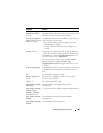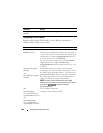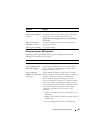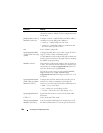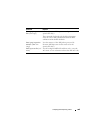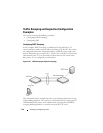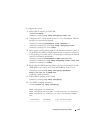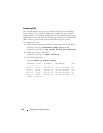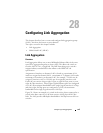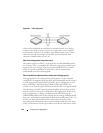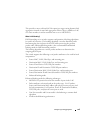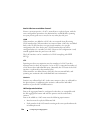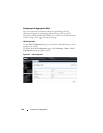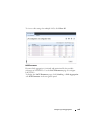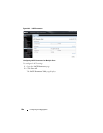
Configuring Link Aggregation 913
28
Configuring Link Aggregation
This chapter describes how to create and configure link aggregation groups
(LAGs), which are also known as port-channels.
The topics covered in this chapter include:
• Link Aggregation
• Multi-Switch LAG (MLAG)
Link Aggregation
Overview
Link Aggregation allows one or more full-duplex Ethernet links of the same
speed to be aggregated together to form a LAG. This allows the switch to
treat the LAG as if it is a single link. The Dell Networking series switches
support industry-standard LAGs that adhere to the IEEE 802.3ad
specification.
Assignment of interfaces to dynamic LAGs is based on a maximum of 144
interfaces assigned to dynamic LAGs, a maximum of 72 dynamic LAGs and a
maximum of 8 interfaces per dynamic LAG. For example, 72 LAGs may be
assigned 2 interfaces each, or 18 LAGs may be assigned 8 interfaces each.
Each LAG can consist of up to eight 1 Gbps or eight 10 Gbps ports (or even
eight 40 Gbps interfaces). When eight Gigabit Ethernet ports are configured
as a LAG, the maximum bandwidth for the single, logical interface is 8 Gbps,
and when eight 10 Gbps ports are configured as a LAG, the maximum
bandwidth for the single, logical interface is 80 Gbps.
Figure 28-1 shows an example of a switch in the wiring closet connected to a
switch in the data center by a LAG that consists of four physical 10 Gbps
links. The LAG provides full-duplex bandwidth of 40 Gbps between the two
switches.



